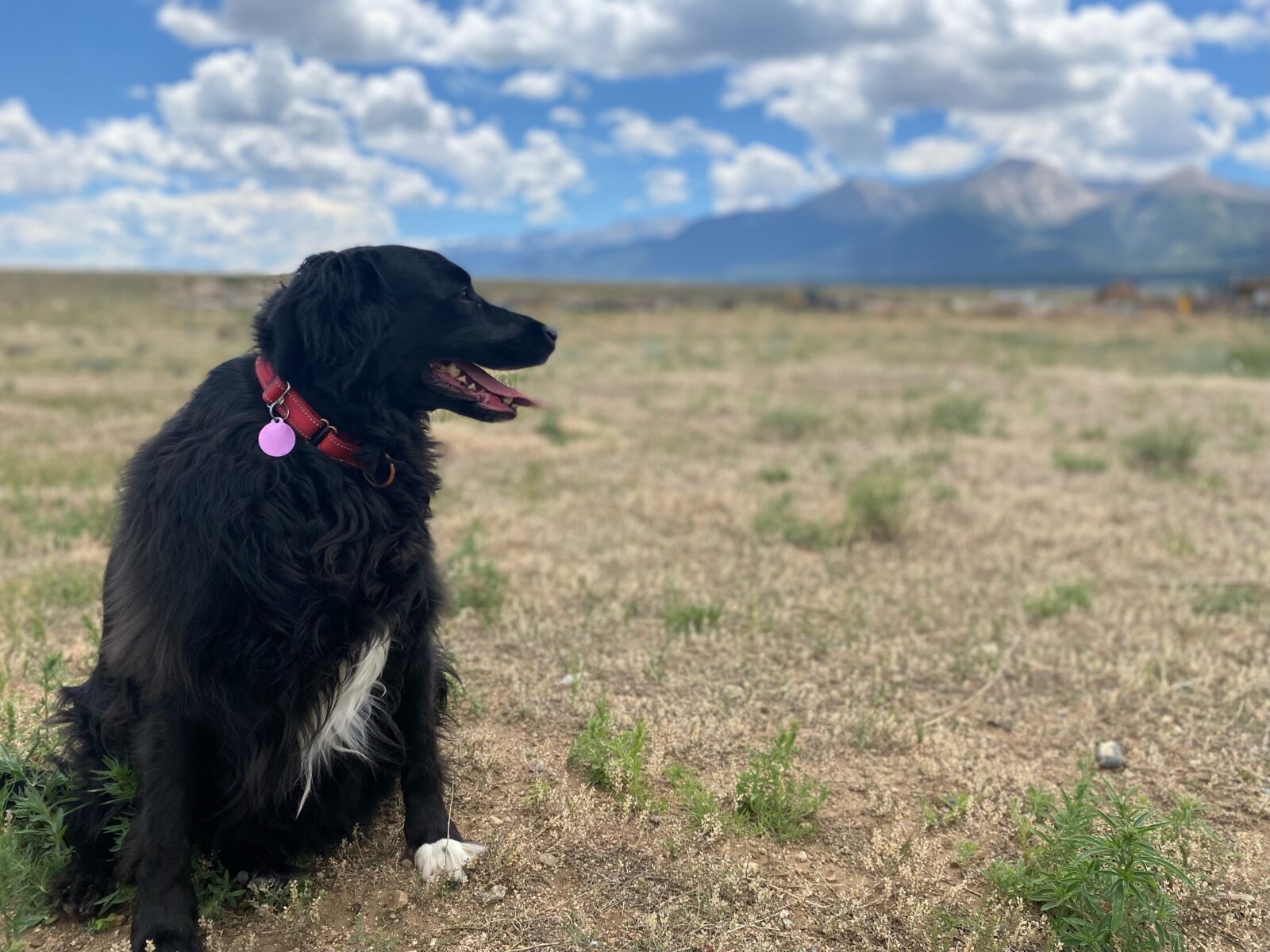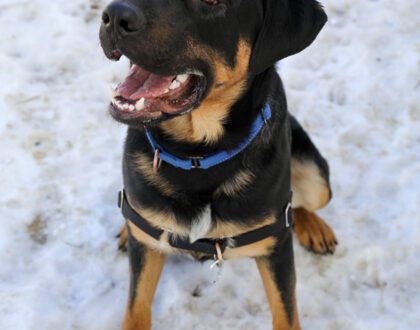Summer in the Mountains

by: Judy Hamontre, AVHS Board Member and Volunteer
Summer in the mountains is a time for adventure, and it is even more exciting when shared with our furry companions.
It is healthy to be active with our loyal dogs, but we need to remember it is summer in the mountains. At altitude, the atmosphere is thinner, the sun more intense, the air dryer and hot is hotter.
Dogs have physiological reactions to high altitude similar to what their humans experience. Those effects if ignored can result in serious health issues. Fortunately for our animals the negative effects tend not to begin until 8,000 feet, but most of us in Chaffee County live and play at that height or higher.
Just as with people, not all dogs will suffer from altitude sickness. Symptoms are the only way to detect if they are affected.
Signs the elevation is affecting our dogs include: heavier panting, excessive drooling, extreme thirst, vomiting, increased pulse rate, lack of coordination, lethargy and refusal to move. In extreme cases a dog can collapse due to pulmonary edema, especially if overly active. The symptoms will vary depending on the animal’s age, health and sensitivity.
Preliminary precautions to protect our dogs are to exercise early in the day before temperatures rise, limit the amount and intensity of physical activity, take frequent rest stops, have them drink plenty of water at each stop and closely observe for any of the symptoms of altitude sickness.
If they do appear, decrease activity, move to lower elevations and offer lots of water.
Hydration is important in the summer, even at lower altitudes, and dogs do not always drink in response to dehydration.
Canines are made up of nearly 80% water. Adequate hydration is an absolute necessity.
Water is essential for every function of dogs’ bodies. It facilitates the metabolic process, helps digestion, delivers oxygen and nutrients to the brain and muscles, flushes out waste and toxins and regulates body temperature.
Dogs can go a long while without food, but without water for even a short time, they cannot survive.
The amount of water dogs need depends on size, age, health, diet, weather and activity level. The general recommendation is one ounce per pound of body weight per day. This translates to about a cup for a 10 pound pooch and nearly half a gallon for a 60 pound guy.
Active dogs and ones who eat dry food need more water. Puppies drink more than adults. All dogs need more water in hot weather, dry climates and higher altitudes.
Dehydration is life threatening. Signs of dehydration are sunken eyes, lethargy, loss of appetite, dry mouth and sticky gums. To test for dehydration, gently lift the skin on the back of the neck or between the shoulder blades. The skin should immediately return to its normal position. If it does not, the dog may be dehydrated and needs to go to the vet immediately.
Enjoy this summer in the mountains with your dog, but use common sense, remembering the effects of altitude and the need for hydration.
Recommended Posts

Good Pets. Good Kids. Charming Portraits.
April 13, 2024

Reflecting on 2023
April 06, 2024

Socializing the Shy and Fearful Cat
March 31, 2024
